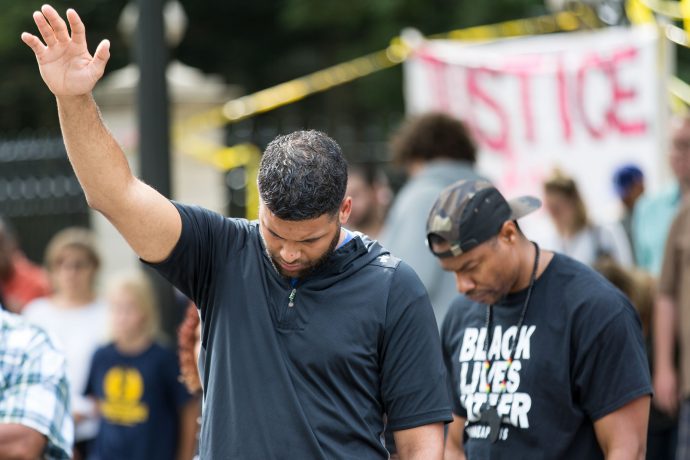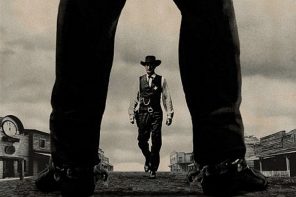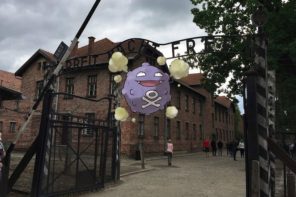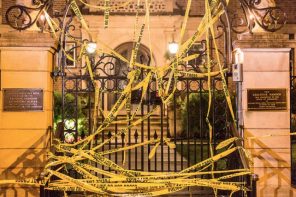“We are innocent people, Lord.”
So prayed Diamond Reynolds as police handcuffed her and put her and her four-year-old daughter into a police car. Officer Jeronimo Yanez had just fatally shot her boyfriend Philando Castile, a cafeteria supervisor for one of the local Montessori schools. So ended the life of yet another man of color at the corner of Fry and Larpenteur in St. Anthony, Minnesota, a suburb of St. Paul—just one day after the police shooting of Alton Sterling, yet another man of color, in New Orleans.
Diamond Reynolds began her prayer, caught on streaming video and posted on Facebook, while being unceremoniously hauled out of their car and forced to walk backwards toward a second officer, Joseph Kauser. You can hear the voice of her daughter in the background reassuring her mother throughout the prayer, throughout the walk.
Again within days, a sniper killed police at a peaceful Black Lives Matter protest rally in downtown Dallas. The march was just ending. Marchers had posted images of themselves arm in arm with police, smiling, on social media. Suddenly—shots fired, five officers killed, more police wounded, two civilians, one while shielding one of her four sons who had accompanied her in the non-violent protest.
“We’re hurting… We are heartbroken,” mourned Dallas Police Chief David Brown in response to the deaths of his men.
The alleged sniper, Micah Xavier Johnson, later killed by a police-operated robot-controlled bomb, spoke of end times, of retaliation for the two police shootings earlier the same week, and he “expressed anger for Black Lives Matter.” He claimed to have been operating alone. Dominique Alexander, an organizer of the rally, horrified at the killings, condemned violence. Even as the vans moved the bodies of the fallen officers down the street, Dallas police formed an honor line, saluting their fallen comrades.
Meanwhile, George Stephanopoulos of ABC NEWS intoned, “We are praying for the families of those who died…”
Prayer. Who prays? When? For what?
Who’s listening?





